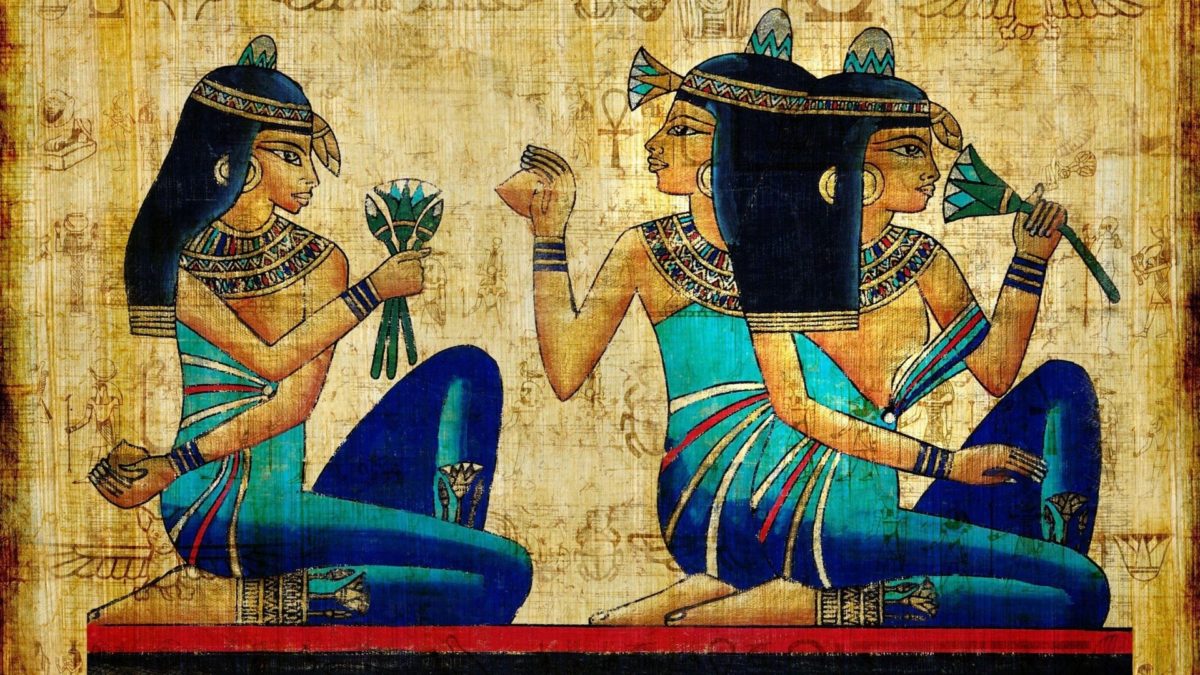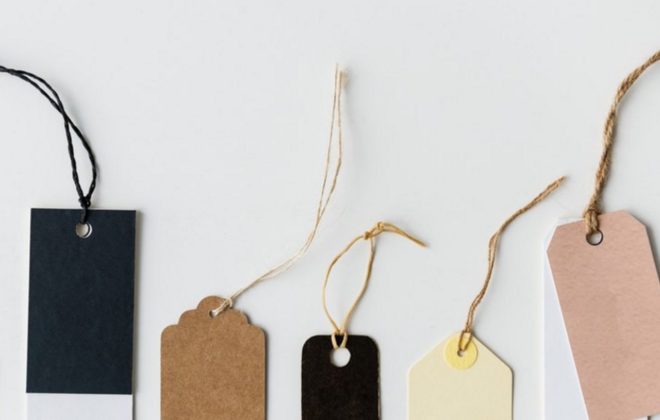
The History of Makeup
Makeup goes back a long way, but the people from earlier civilizations did not really consider the products on their face as makeup perse. Egyptians in 10,000 BCE used scented oils to mask their odor and make their skin softer, and used other essential oils for rituals. True to commercialized movies, Egyptian rulers also had makeup to portray royalty. Other civilizations also had their own forms of beautification, like using berries to tint their lips, or burnt matches to darken their eyes. As 1000 BCE rolled in, Chinese and Japanese women
Used powder to make their faces whiter, and Grecian women used henna dyes to change their hair color.
The industrial revolution brought about more machines and advanced technology, causing branches like chemistry and cosmetology to emerge. Cosmetics were mainly used in 1500 AD by the aristocrats and wealthy, projecting makeup as a marker of status. Concepts and stigmas of beauty were heightened as the Europeans deemed blonde hair as angelic, and used toxic chemicals in the hope that it will replenish one’s youth. These dangerous experimentations on different substances caused a lot of deaths and permanent physical problems, so Queen Victoria banned the use of makeup and only allowed it for actors and theatre productions.
The 21st century is definitely considered the prime of makeup, with all the technological progress that scientists have accomplished over the years. While some companies still test on animals, many have found safe testing procedures that are not harmful to the skin anymore. Cosmetics and general aesthetics have come a long way, especially now that we have machines that treat problems such as scarring, sagging or aging skin, acne, and much more. But once again, all the makeup and treatments in the world should only serve as an means to bring out your natural beauty, not as a means to alter or change what is already inherently yours.
For a more detailed timeline, visit http://www.cosmeticsinfo.org/Ancient-history-cosmetics
Recent Posts
Categories
- Advocacy (48)
- Beauty and Science (101)
- Beauty Buzz (2)
- Entrepreneurship (68)
- Lifestyle and Travel (56)
- Parenting (16)
- Podcast (13)
- Press (122)
- Rotary Club Newsletters (13)
- TatlerTalks (3)
- Through My Virtual Screen (3)
- Two For the Road (23)
- Uncategorized (3)



